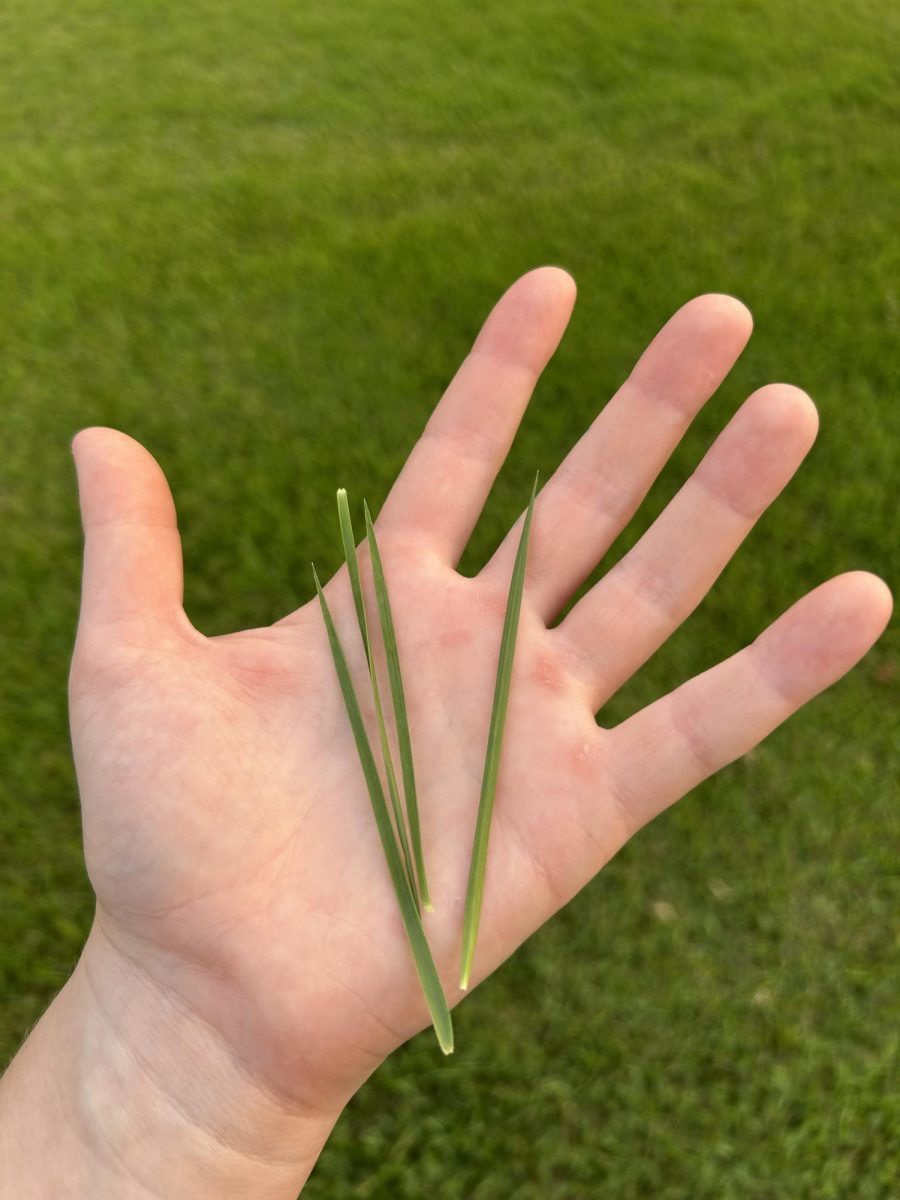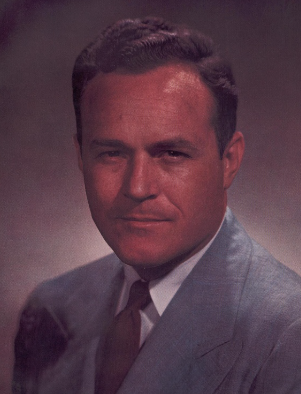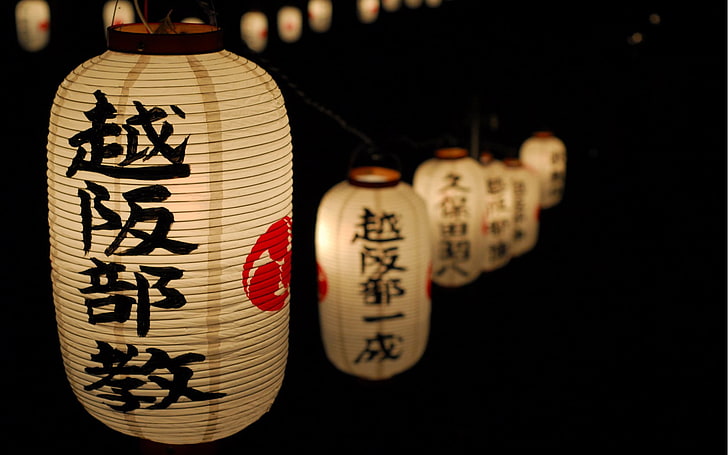The Overlooked Middle Ground
As juniors, we find ourselves navigating the most prominently difficult year of our high school education, yet it often feels like we’re stuck in a forgotten middle ground. Junior year exists in constant pressure without the same recognition, too old to be celebrated for freshman or sophomore milestones, and too young to join the senior frenzy over college applications. This overlooked reality begins with how little appreciation is given to this critical time’s intense demands and unique experiences.
Growth in the Shadows
In high school, each grade carries its own identity and distinct set of milestones. Freshmen are celebrated as they embark on a new educational journey. Sophomores are encouraged as they begin to settle into the high school routine. Seniors, of course, are the crowned jewels of the school—the graduating class preparing to take on the world. Juniors, however, often exist in the shadows, viewed as “pre-seniors,” a temporary placeholder before the “real” work begins. But junior year is far from a mere transition; it is arguably the most pivotal and demanding year of all. This is the year when advanced coursework is at its peak, requiring deeper focus and engagement. Extracurricular commitments intensify, with juniors often stepping into leadership roles or juggling multiple responsibilities. It is also the year when the looming shadow of college applications begins to creep closer. While seniors are busy finalizing their applications, juniors are diving headfirst into standardized tests like the ACT and SAT, along with Advanced Placement (AP) classes that dominate our nights, weekends, and even breaks.
Don’t get me wrong; the other high school years carry their own pressures: freshmen must assimilate into a new environment, sophomores wrestle with constructing a thought-out graduation plan, and seniors undergoing the arduous college application process are undertaking stress from perfecting the resume while enduring the anxious wait for admission results. Each year has its burdens, but junior year is uniquely demanding, yet it often goes unacknowledged.
The Unseen Pressure
The demands placed on juniors are unique. We’re expected to excel academically, often through rigorous honors or AP-level coursework that demands not just understanding but mastery, the requirement to receive a 5 on the exam. Each class comes with its own challenges: dense reading assignments, complicated problem sets, and exams designed to push us to the limits of our abilities. At the same time, juniors are expected to commit to leadership roles in clubs, organizations, and extracurricular activities. It’s not enough to simply participate; we’re encouraged to stand out as captains, presidents, or founders, taking the initiative and setting ourselves apart in increasingly competitive spaces. Adding to the academic and extracurricular load is the ever-present mantra that “junior year grades are the most important for college admissions.” This statement, repeated by teachers, parents, and counselors, creates immense pressure to perform. Every quiz, essay, and test feels like it carries more weight than it should, amplifying the fear of making mistakes. Unlike seniors, who have the guidance of college counselors actively supporting their decisions, juniors are often left to navigate this crucial year alone, figuring out priorities and strategies without much direct support.
Take standardized testing, for example. For most juniors, this is the year to tackle the ACT or SAT, sometimes through multiple attempts, in pursuit of that 36 or 1600 that could shape their future for the better. The preparation alone is a monumental task. Students juggle lengthy prep courses, endless practice tests, and hours of studying—often outside of regular school hours—all while trying to stay on top of their academic workload. These tests aren’t just a hurdle; they’re a looming presence, a constant reminder that the stakes are high and the time is limited.
Beyond academics and testing, there’s the relentless pressure to build the perfect resume. We’re told to volunteer for meaningful causes, secure internships, or launch ambitious passion projects. While these activities are enriching, they also come with the burden of knowing they’re essential for standing out in college admissions. This creates a constant cycle of balancing commitments, stretching ourselves thin, and striving for excellence in every area. And yet, amid all of this effort, there’s a lack of recognition. Freshmen are welcomed with open arms and praised for their potential. Sophomores are recognized for their academic growth. Seniors are celebrated for their acceptances and showered with congratulatory banners and ceremonies. Juniors, however, are left to grind through the most challenging year with little acknowledgment. The long nights, endless responsibilities, and sacrifices we make to set ourselves up for the future often go unnoticed.
Growth and Discovery
What’s often overlooked about junior year is how formative it can be. This is the year we start to carve out our identities, preparing us for life beyond high school. It’s a time when we move from the comfortable routine of earlier grades to the more demanding responsibilities that shape our futures. Volunteering, leadership, and extracurricular activities become central parts of our lives, offering opportunities to step up, take initiative, and discover new aspects of ourselves. These experiences are not just resume builders; they’re moments of personal growth. These challenges teach us invaluable life skills like resilience, time management, and self-reliance. Whether leading a club or juggling multiple commitments, we start to understand the importance of balance and determination. Even though juniors often don’t receive the same public recognition as other grades, this year serves as a proving ground. It’s a time when the foundation of our future success is laid, and the skills we develop now will carry us into senior year, college, and beyond.
In junior year, we begin to bridge the gap between adolescence and young adulthood. This is the year when we start learning how to balance our ambitions with the need for self-care, understanding that success is not just about achieving goals but also about managing ourselves along the way. The obstacles we face this year are not just challenges; they’re lessons in adaptability and perseverance that will serve us for the rest of our lives.
Reframing Junior Year
Junior year is often seen as the stepping stone to senior year, but it’s much more than that. For many, it’s the time when the foundation for future success is built. This is the year we start to discover our passions, sharpen our leadership skills, and prove to ourselves what we’re capable of achieving. Instead of being treated as a prelude to senior year, junior year deserves recognition as a transformative and demanding period in its own right. Acknowledging its significance would validate the hard work of many juniors and encourage a broader understanding of the challenges faced.
To my fellow juniors: let’s remind ourselves that our hard work doesn’t go unnoticed, even if it sometimes feels that way. The challenges we face now shape us into strong and resilient individuals. The junior year challenges aren’t just preparation for what comes next; they are the very experiences that will remain with us through senior year and the rest of our lives.
In the end, junior year isn’t just a transition—it’s a journey of growth, discovery, and perseverance. The lessons we learn now will stay with us, guiding us as we move forward into our future careers. Don’t take it for granted.









































